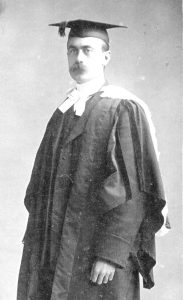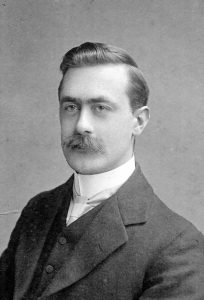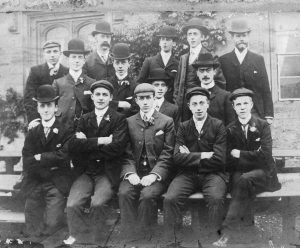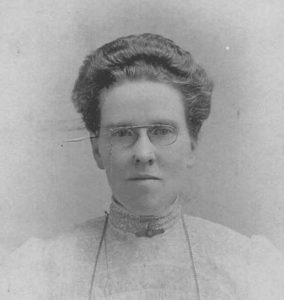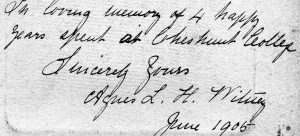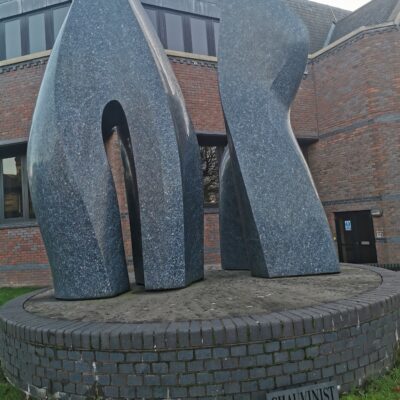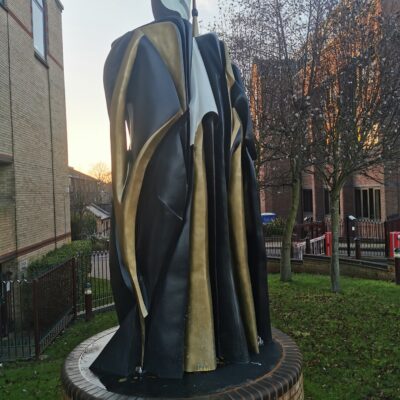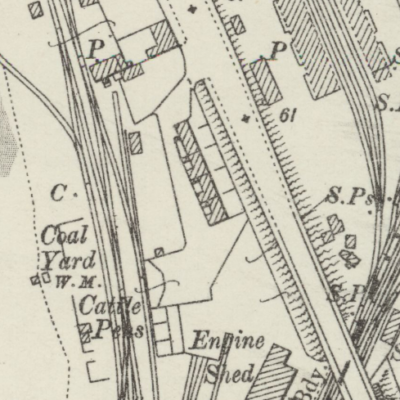Search by topic
- archaeology
- Building of Local Interest
- charity
- church
- crime
- dressmaker
- fire
- Great Eastern Railway
- Listed building
- Mapping Relief
- medieval
- oral history
- poverty
- Public House
- Rattee & Kett
- Religious House
- Roman
- scholar
- school
- Then and Now
- tudor
- women
- work
- world war one
- world war two
Search by text
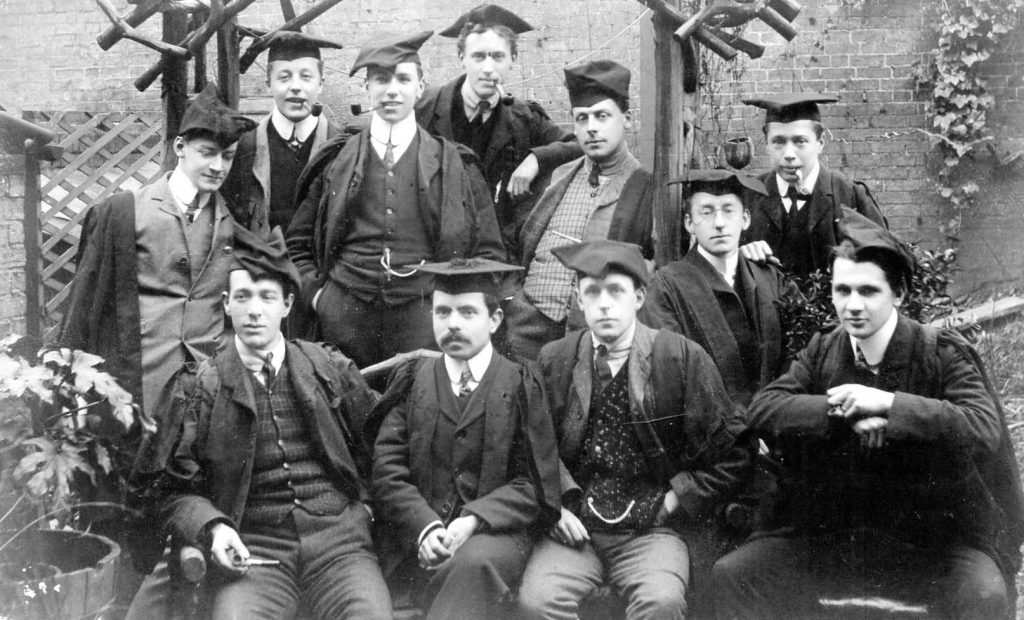 Cheshunt College, photo taken by A E Smith
Cheshunt College, photo taken by A E SmithCheshunt College, Hills Road
History of Cheshunt College
6/10/1905: Cheshunt College opened its doors to theological students without any ceremonial. It was founded in 1768 by Selina, the Countess of Huntingdon, and is strictly undenominational. It moved to Cheshunt in 1792 where it was recognised by the University of London and has now transferred to Cambridge. Houses in Cintra Terrace, Hills Road, have been adapted for the 15 students; most will become members of the University and read for degrees. (Cambridge Press)
1913
Rev Ernest W Johnson MA, Cheshunt House, resident tutor
Cheshunt Theological College moved from London to Cambridge in 1906 and to new buildings in 1915.
A history of the college can be found here:
http://www.british-history.ac.uk/vch/cambs/vol3/pp139-141
EMS sent this note about her grandfather, Rev Alfred Ernest Smith, in 2024:
Rev Alfred Ernest Smith BA(Cantab) 1882-1956.
Prior to his commencement at Cheshunt College, he was an active member of Lozells Congregational Church and The Band of Hope.
He had a calling to the ministry to follow in the footsteps of his father’s cousin, William Benjamin Phillips, a missionary in India, who drowned in Madras in 1892.
Ernest attended Cheshunt College from 1902-1905 when he moved with Cheshunt to Cambridge and graduated in 1908 followed by his ordination in October 1908 in Lozells Church, Birmingham. Whilst at Cheshunt he travelled around many miles to deliver his sermons as part of his homiletic studies ; from College Chapel to Ponders End and Hatfield to Stanstead.
After his ordination as a dissenting minister, he served the London Missionary Society in Kadiri S India.
In 1917, he spent his furlough in the YMCA helping with the war effort, which is where many missionaries and ministers were sent rather than fighting in the armed forces. They were expected to do anything from making tea for the soldiers to helping out behind the lines of the battlefields. He returned to Birmingham, and in March 1918, he married Miss Ethel Smith, a Sunday school teacher at Lozells Church, where they were married.
On his return to India with his new family he served in Gooty, Jamalamadugu and Kamalapuram. He was also Chairman of the S India Missionary Conference in 1938 and treasurer of the Telugu area.
He retired in 1940 to Great Torrington in Devon where he became a deacon of Howe Congregational Church and president of the Torrington Free Church Council for 1949-50.
He died in 1956 in his home “Gootyville” (named after the village in India where he had served), leaving a widow and two children.
EMS also sent this photo with inscription on the reverse. Agnes Louisa Howard Witney is known to have been born in 1859 in Walworth Surrey. In 1901 she was widowed an a housekeeper in Glasshouse Yard, Aldersgate Without. She seems to have been a housekeeper for a number women in the twenties who were all ‘saleswomen wholesale drapery’. One can infer that she was probably at Cheshut College from 1901 to 1905. In 1911 she is living with her sister’s family in Worcester; her occupation is ‘matron of institutes’. In 1939 she is living in Worthing at 80 Balcombe Avenue. She died in Worthing in 1951.
Contribute
Do you have any information about the people or places in this article? If so, then please let us know using the Contact page or by emailing capturingcambridge@
License
This work is licensed under CC BY-NC-SA 4.0





